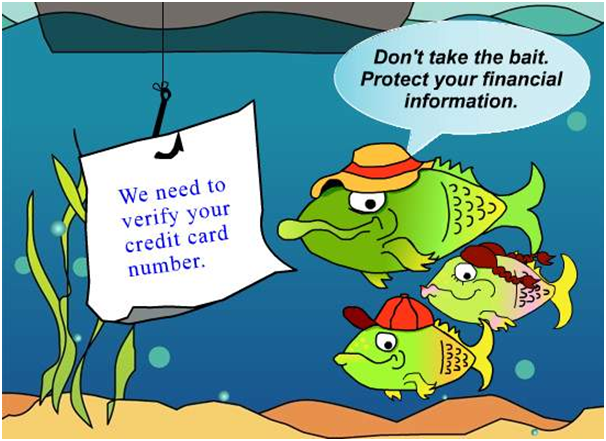Phishing is one of the most common types of online fraud, impacting millions of people worldwide and resulting in potentially disastrous consequences for victims.
While there are many different methods of phishing deployed by cybercriminals, the aim in all cases remains the same: to steal personal information relating to an individual and use this against them to commit fraud.

Criminals can either sell the details they steal to third parties for a profit or use them to break into a range of online accounts, from banking services to e-commerce sites.
Customers of major services like iTunes are regularly targeted. So how can you identify a phishing scam and what can you to do protect yourself against them?
Tried and Tested Tactics
Phishing attacks usually start with a criminal sending some form of communication to an innocent person, whether via email, instant message or SMS. This will be designed to appear as if it is a legitimate message sent by a business or organisation of which the potential victim is a customer or client.
The message may request that users reply with personal information, such as their log-in details, payment card numbers, address and date of birth. It could also include links to malicious sites which, when visited, will infect the user’s device with malware.
Criminals rely on being able to trick victims into thinking they have received an urgent message from an organisation they trust. And it is not just individuals that are at risk but also entire businesses.
Taking Action
Fighting back against phishing campaigns is fairly simple if you know what to look out for. No legitimate business will ask its users to supply log-in information or personal details via email, so any message which does is certainly malicious.
Once you have identified a phishing message, marking it as spam is the next best step. Your email provider will do a good job of filtering the worst offenders out of your inbox, but you will also need to help catch the ones which slip through the net.
Installing antivirus and anti-malware solutions which have been checked by a software testing service like https://www.bugfinders.com/ is sensible to prevent unwanted infections.
Finally, remember that if you do fall victim of this type of scam, reporting it to the authorities will help prevent others from suffering the same fate.